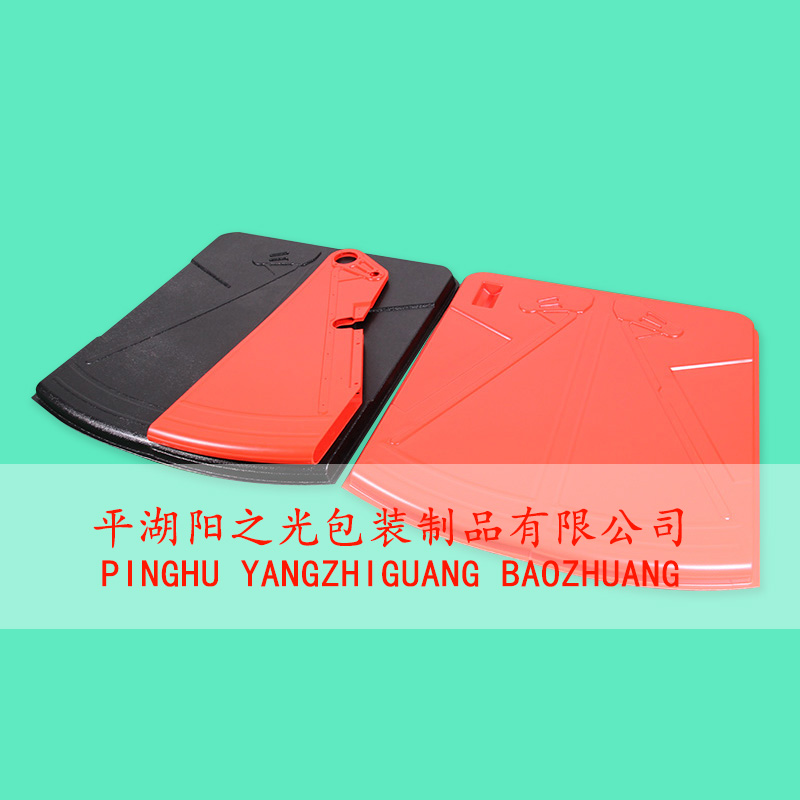Customized vacuum forming is a versatile manufacturing process used to create plastic products tailored to specific requirements. In this article, we will provide a step-by-step guide to the vacuum forming process, highlighting the key stages involved in creating customized vacuum-formed products.
Step 1: Design and Prototype Development:
The first step in the customized vacuum forming process is designing the product. This involves creating detailed CAD (Computer-Aided Design) drawings or 3D models based on the desired specifications. Once the design is finalized, a prototype is developed to ensure that it meets the required dimensions, functionality, and aesthetics.
Step 2: Tooling and Mold Fabrication:
After the prototype is approved, the next step is to create the necessary tooling and molds for the vacuum forming process. The molds are typically made from materials such as wood, resin, or aluminum, depending on the complexity and volume of production. The molds are carefully crafted to accurately replicate the desired shape and dimensions of the final product.
Step 3: Material Selection and Preheating:
Once the molds are ready, the appropriate plastic material is selected based on factors such as strength, flexibility, and transparency requirements. Common materials used in vacuum forming include ABS, PVC, PETG, and polycarbonate. The selected plastic sheet is then preheated to a specific temperature, making it pliable and ready for the forming process.
Step 4: Vacuum Forming Process:
In the vacuum forming machine, the preheated plastic sheet is placed over the mold, and a vacuum is applied to draw the sheet tightly against the mold's surface. The combination of heat and vacuum causes the plastic to conform to the mold's shape, creating the desired product. Once the plastic cools and solidifies, it retains the shape of the mold.
Step 5: Trimming and Finishing:
After the vacuum forming process is complete, the formed plastic product is carefully removed from the mold. Excess material is trimmed away to achieve the final desired shape. Additional finishing processes such as sanding, polishing, or painting may be applied to enhance the aesthetics and functionality of the product.
Step 6: Quality Control and Inspection:
The final step in the customized vacuum forming process is quality control and inspection. Each product is thoroughly examined to ensure it meets the specified requirements, including dimensions, surface finish, and structural integrity. Any defects or imperfections are identified and addressed before the products are packaged and prepared for delivery.
Conclusion:
Customized vacuum forming offers a flexible and efficient manufacturing process for creating plastic products tailored to specific needs. By following the step-by-step guide outlined above, manufacturers can produce high-quality, customized vacuum-formed products that meet the desired specifications. From design and prototype development to tooling, forming, trimming, and quality control, each stage plays a crucial role in delivering exceptional custom-made plastic products.

1. Collect customer specifications and requirements for the product.
2. The salesperson provides an initial quotation based on factors such as customer product requirements. The quotation will be based on the customer's sample description, and the final quotation will be provided after the sample is produced.
3. Design and create a flat layout based on customer needs.
4. Vacuum forming sampling: Once the customer approves, the development and production method will be determined based on the complexity of the vacuum-formed product and customer requirements.
5. Production manufacturing: After the sample is approved by the customer, a certain quantity of orders is usually placed for production. Production scheduling will determine the appropriate production mold based on production volume and complexity of vacuum forming.
6. Vacuum forming production: During this process, fully automated high-speed vacuum forming machines are used for production.
7. Punching CNC processing: Large-format vacuum-formed products need to go through punching CNC to divide them into individual products using a die.





